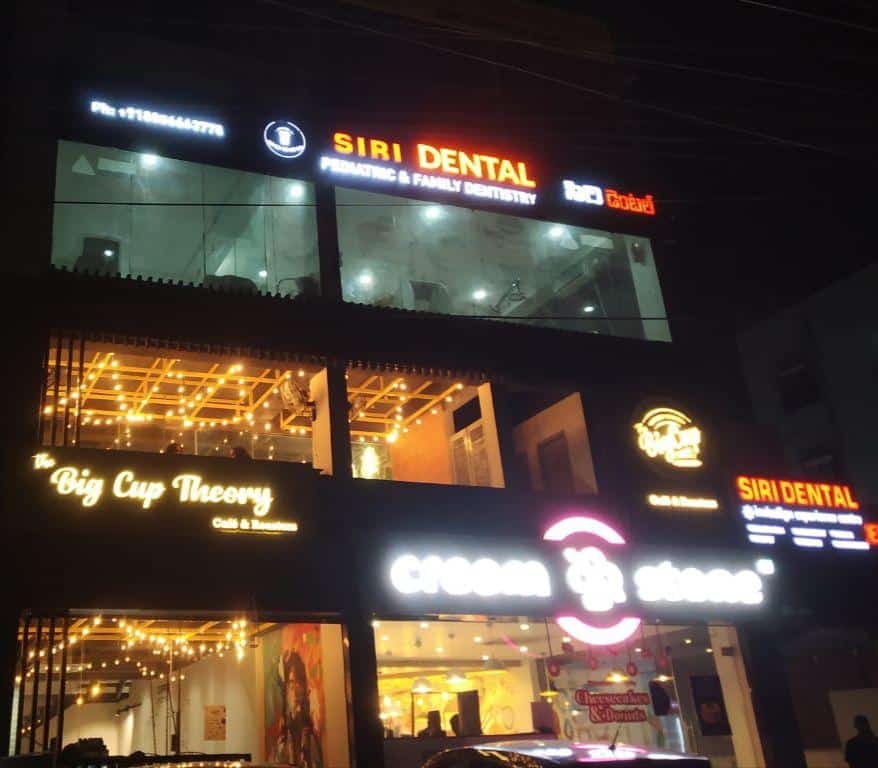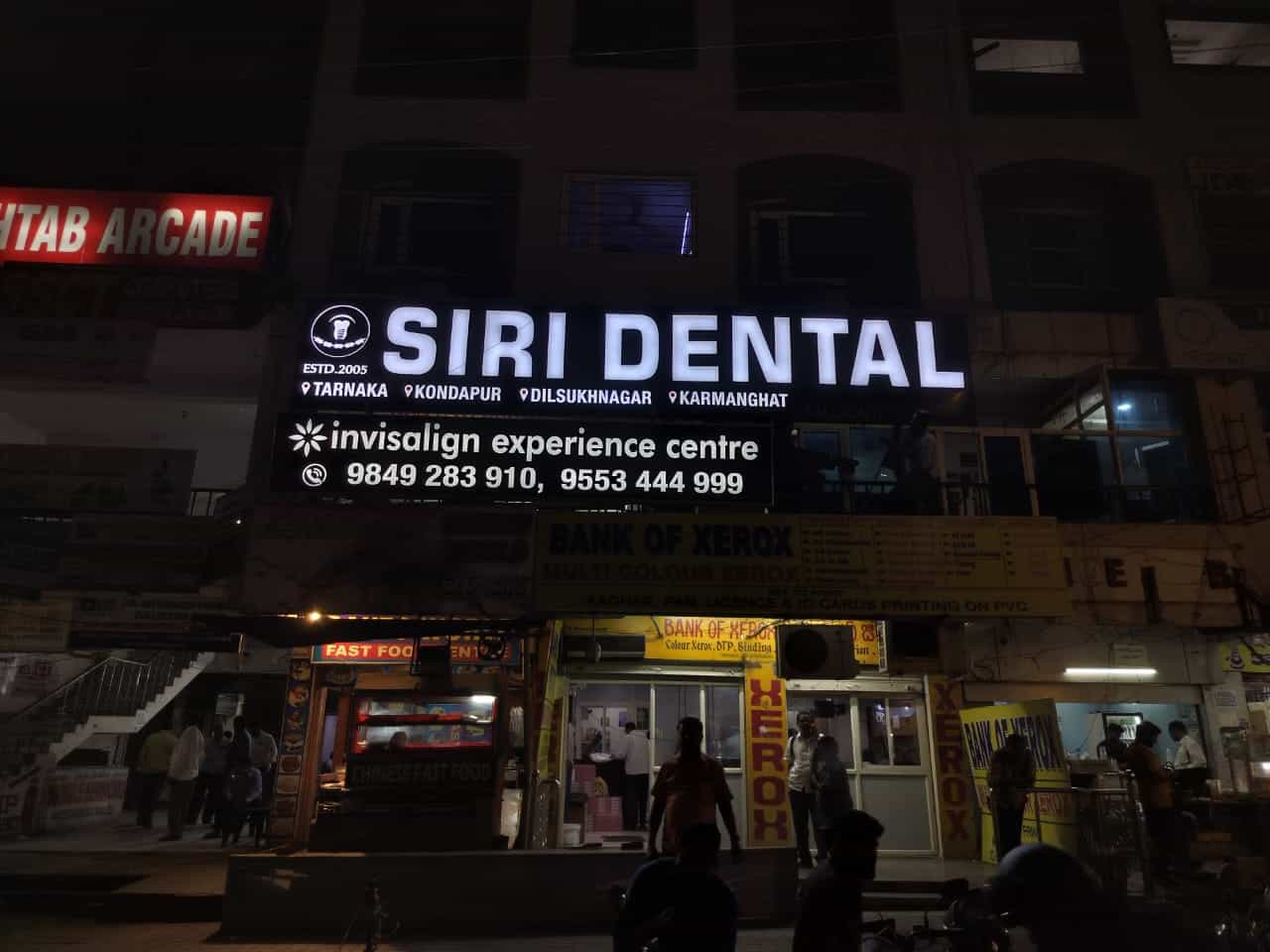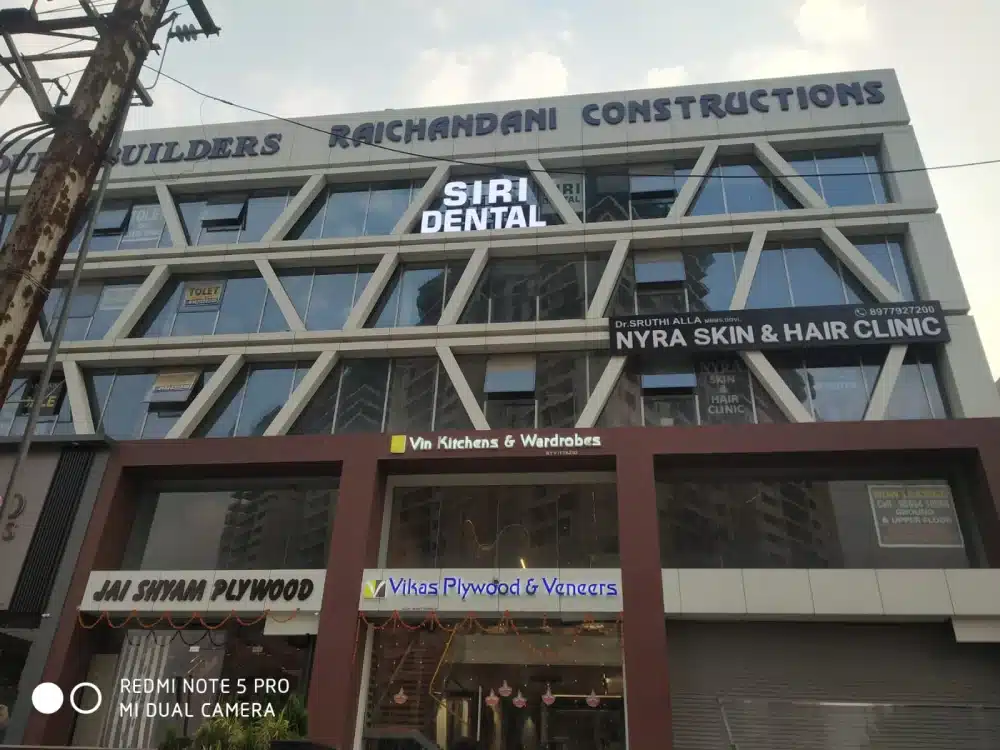The Ultimate Guide to Dental Crowns: Everything You Must Know
Introduction
Dental crowns have become integral in modern dentistry, offering a versatile solution for a range of dental issues. In this guide, we will delve into the nuances of dental crowns, exploring their types, the placement process, material considerations, and much more. Let’s embark on a journey to uncover the essential aspects of dental crowns.
Types of Dental Crowns
Porcelain-Fused-to-Metal (PFM) Crowns:
PFM crowns combine the strength of metal with the aesthetics of porcelain, making them a popular choice for durability and a natural appearance.
All-Ceramic Crowns:
Known for their aesthetic appeal, all-ceramic crowns are metal-free and ideal for front teeth restorations, providing a lifelike translucency.
Metal Crowns:
Traditionally used, metal crowns are durable and withstand biting and chewing forces well, though they may be less preferred for visible areas due to their metallic appearance.
Zirconia Crowns:
Zirconia crowns offer a harmonious blend of strength and aesthetics, making them suitable for various dental applications and highly biocompatible.
When is a Dental Crown Needed?
Tooth Decay and Damage:
Dental crowns effectively address tooth decay and damage, providing structural support and preventing further deterioration.
Root Canal Treatment:
After a root canal, a dental crown is often recommended to protect the treated tooth and restore its functionality.
Cosmetic Enhancements:
Dental crowns play a pivotal role in cosmetic dentistry, correcting imperfections like discoloration, misalignment, and irregular shapes.
The Dental Crown Placement Process
Initial Consultation and Examination:
Your journey with a dental crown begins with a thorough examination, where the dentist assesses the tooth's condition and discusses the suitable options.
Tooth Preparation:
The dentist prepares the tooth by removing damaged portions, ensuring a proper fit for the crown.
Impressions and Temporary Crowns:
Precise impressions are taken for crafting a custom crown, and a temporary crown is placed to protect the prepared tooth.
Final Crown Placement:
The meticulously crafted crown is permanently bonded to the tooth, restoring its function and appearance.
Choosing the Right Material for Your Dental Crown
Aesthetic Considerations:
Consider the visual impact of the crown, balancing aesthetics with the need for durability.
Durability and Longevity:
Evaluate the durability of different materials, keeping in mind the specific requirements for each tooth.
Allergies and Sensitivities:
Patients with metal allergies should opt for non-metal alternatives, ensuring a comfortable fit.
Caring for Your Dental Crown
Oral Hygiene Practices:
Maintain regular oral hygiene, including brushing, flossing, and rinsing, to ensure the longevity of your dental crown.
Regular Dental Check-ups:
Schedule routine dental check-ups to monitor the condition of your crown and address any emerging issues promptly.
Dietary Considerations:
Avoid excessive force on the crown by limiting hard foods and candies, preserving its integrity.
Potential Risks and Complications
Sensitivity Issues:
Some patients may experience temporary sensitivity, which can be managed with desensitizing toothpaste or gels.
Allergic Reactions:
In rare cases, individuals may have allergic reactions to certain crown materials, emphasizing the importance of material selection.
Structural Complications:
Address any structural issues promptly, such as chipping or loosening, to prevent further damage.
Cost Factors and Insurance Coverage
Varied Costs Across Materials:
Understand the cost implications of different materials, factoring in longevity and aesthetics.
Insurance Considerations:
Check with your insurance provider to understand coverage for dental crown procedures.
Financing Options:
Explore financing options or payment plans offered by dental offices to ease the financial burden.
Dental Crown Lifespan and Maintenance
Expected Lifespan:
Dental crowns, with proper care, can last a decade or more, providing a long-term solution.
Signs of Wear and Tear:
Monitor for signs of wear, such as changes in color, cracks, or discomfort, and seek professional advice if needed.
Replacement Procedures:
Understand the replacement process for worn-out or damaged crowns to maintain optimal oral health.
Comparing Dental Crowns to Other Dental Restorations
Bridges and Implants:
Consider the advantages and disadvantages of dental crowns in comparison to alternative restorative options.
Advantages and Disadvantages:
Evaluate the unique benefits and potential drawbacks of dental crowns concerning your individual needs.
Innovations in Dental Crown Technology
3D Printing in Crown Fabrication:
Explore how 3D printing technology is revolutionizing the precision and efficiency of dental crown fabrication.
Digital Impressions and CAD/CAM Technology:
Understand the role of digital impressions and computer-aided design/computer-aided manufacturing in crafting customized crowns.
Common Myths and Misconceptions
Pain and Discomfort:
Dispelling myths surrounding pain associated with dental crown procedures and highlighting modern pain management techniques.
Irreversibility of the Procedure:
Clarifying the misconception that dental crown placement is irreversible and exploring potential adjustments.
Children and Dental Crowns
Special Considerations for Pediatric Patients:
Discuss the considerations and challenges when dental crowns are recommended for children.
Alternatives for Primary Teeth:
Explore alternative options for restoring primary teeth and preserving oral health in pediatric patients.
Global Trends in Dental Crown Usage
Regional Variances:
Examine how cultural and regional factors influence the popularity and preference for specific types of dental crowns.
Emerging Markets:
Highlight the growth of dental crown usage in emerging markets and the evolving trends in oral healthcare.
Patient Testimonials and Experiences
Real-Life Stories:
Share personal narratives of individuals who have undergone successful dental crown procedures.
Overcoming Dental Anxiety:
Address common fears and anxieties associated with dental procedures, emphasizing positive patient experiences.
Environmental Impact of Dental Crown Materials
Sustainable Dentistry Practices:
Explore environmentally friendly dental crown materials and sustainable practices within the dental industry.
Biodegradable Materials:
Discuss ongoing research and innovations in biodegradable materials, contributing to eco-friendly dental solutions.
The Role of Technology in Customization
Digital Smile Design:
Examine how digital smile design enhances the customization of dental crowns for a natural and harmonious appearance.
Tailored Solutions for Unique Cases:
Highlight how advanced technology allows for tailored solutions, particularly in complex dental cases.
Dental Crown Aftercare Tips for Optimal Oral Health
Monitoring Changes:
Educate readers on self-monitoring for any changes in their dental crown and seeking professional advice if needed.
Addressing Discomfort Promptly:
Encourage prompt communication with the dentist if any discomfort or issues arise, preventing potential complications.
Future Prospects and Advancements in Dental Crown Technology
Nanotechnology Applications:
Explore the potential impact of nanotechnology on the development of advanced and enhanced dental crown materials.
Collaborative Research Initiatives:
Highlight ongoing collaborative efforts between dental professionals and researchers to push the boundaries of dental crown technology.
Conclusion
Recap of Key Takeaways:
Summarize the key points covered in the guide, emphasizing the critical considerations when opting for dental crowns.
Empowering Patients with Knowledge:
Encourage readers to make informed decisions about their oral health, empowered by the knowledge gained from this comprehensive guide.







